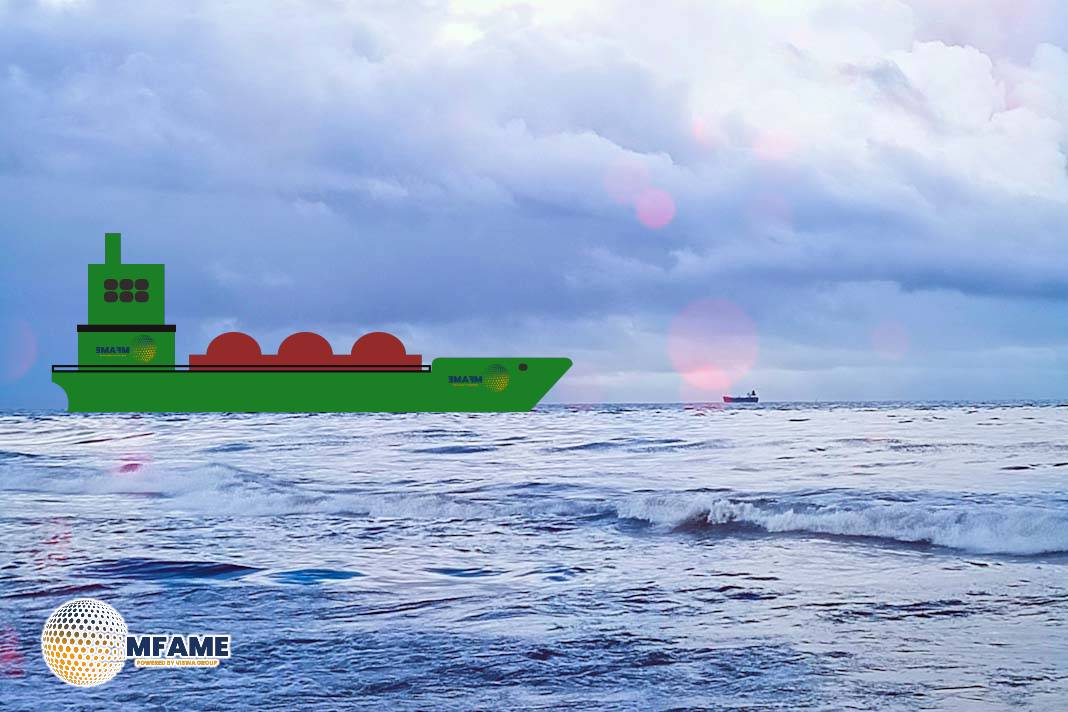- MR Tankers Lead in Numbers While VLCCs Dominate Capacity.
- One in Five Tankers Now Over 20 Years Old, Led by MRs and LR1s.
- 65 New Tankers Delivered in 1H25 as Aframax/LR2 and MR Segments Expand.
Allied QuantumSea Research has just put out a detailed report on the global tanker fleet for the first half of 2025. This analysis delves into fleet growth, developments in the order book, and the age-related challenges that continue to hinder the industry’s shift towards greener shipping practices, reports Allied Shipbroking Ltd on LinkedIn.
Active Fleet, Orderbook, and Deliveries
Right now, the active fleet is made up of nearly 6,000 tankers that are over 25,000 dwt. Among these, MR tankers are the most common, while VLCCs dominate in terms of deadweight tonnage. The orderbook has about 950 vessels lined up, which is around 16 per cent of the total fleet, ensuring that deliveries will keep coming in the near future. However, there’s not much activity for contracts beyond 2029, indicating a rather quiet long-term outlook.
Ageing Fleet Profile
Ageing is a major concern across all sizes of tankers. Currently, about 1,300 tankers are over 20 years old, making up roughly 19 per cent of the global tanker capacity. The MR and LR1 segments are particularly impacted by this ageing trend, but we also see a significant number of older vessels in the Aframax/LR2, Suezmax, and VLCC categories.
Fleet Growth and Demolition Trends
In the first half of 2025, the fleet grew thanks to 65 new tanker deliveries, with the Aframax/LR2 and MR segments leading the way. The VLCC fleet has remained mostly stable, as new deliveries have been offset by removals. Smaller tanker segments have seen a higher rate of demolitions, but overall, the net growth of the fleet continues across the sector.
Did you subscribe to our daily Newsletter?
It’s Free Click here to Subscribe!
























